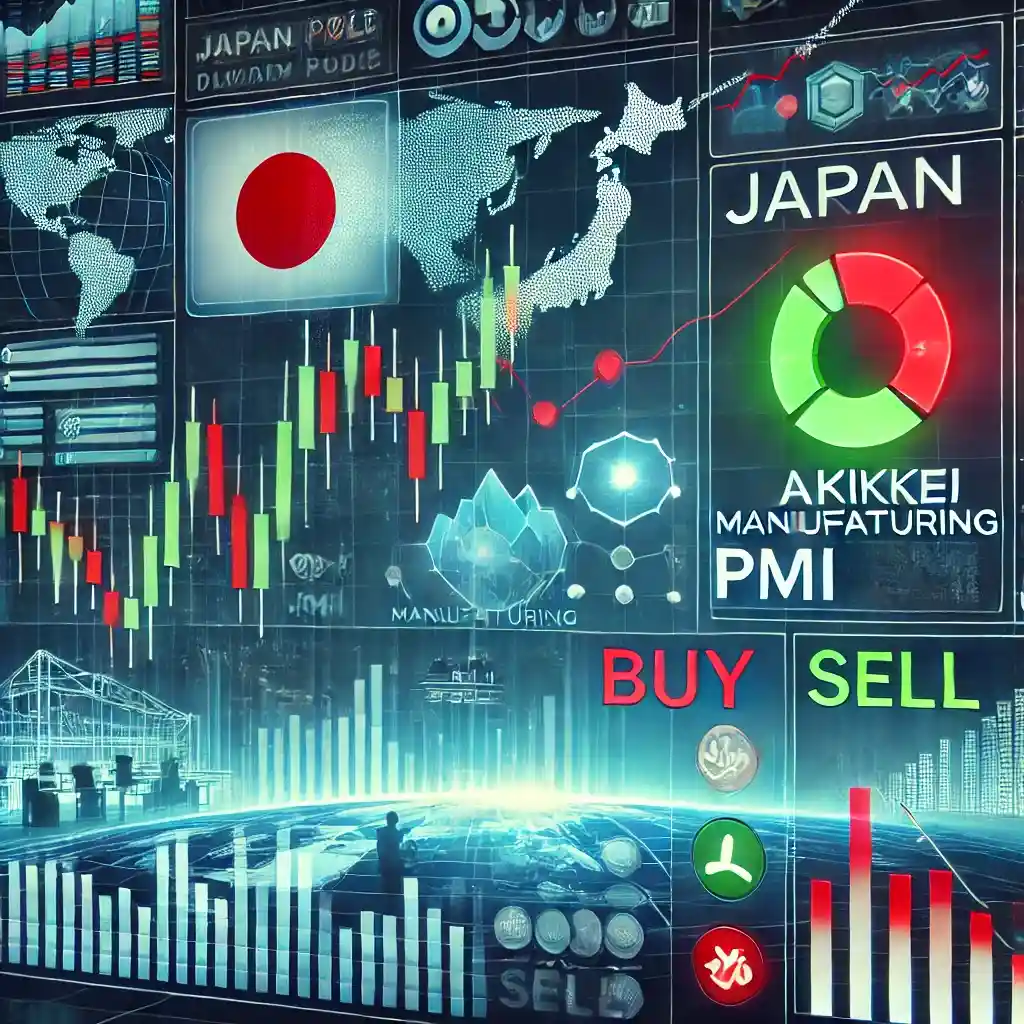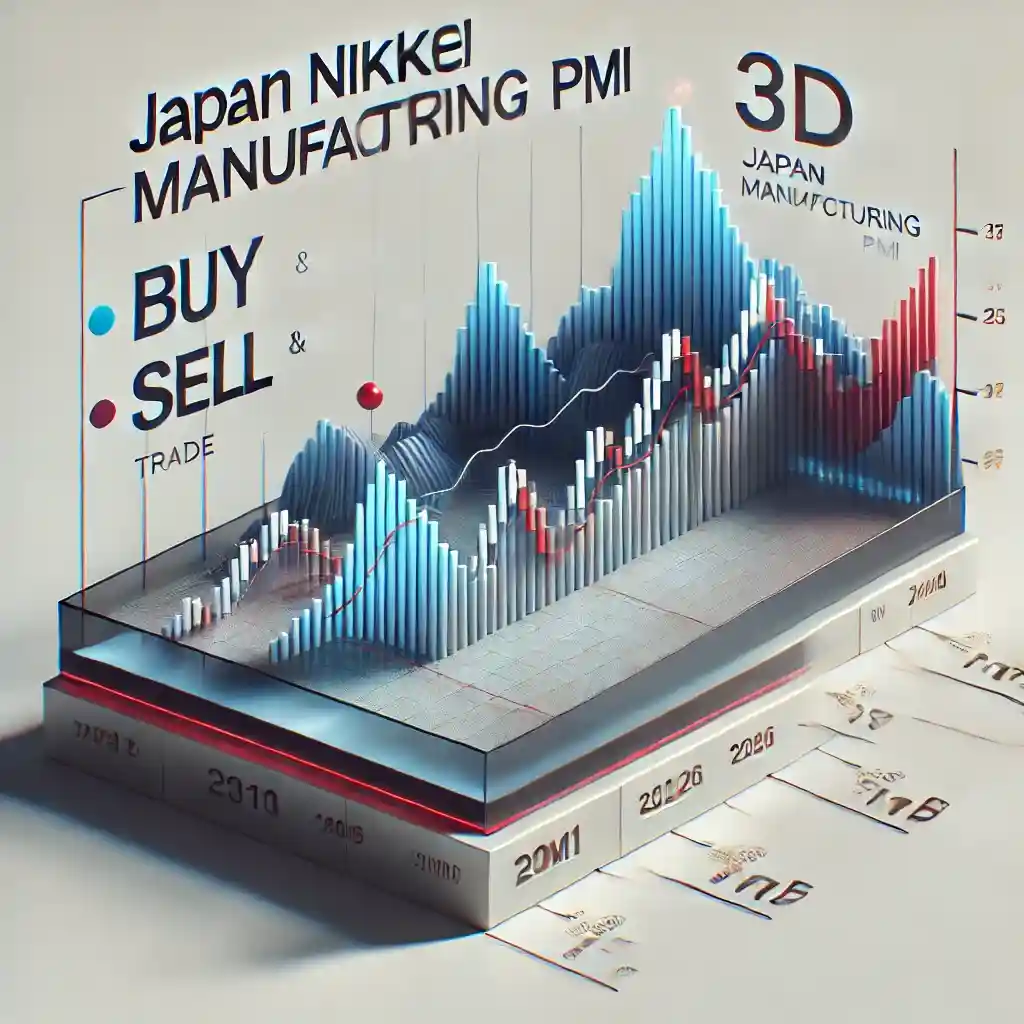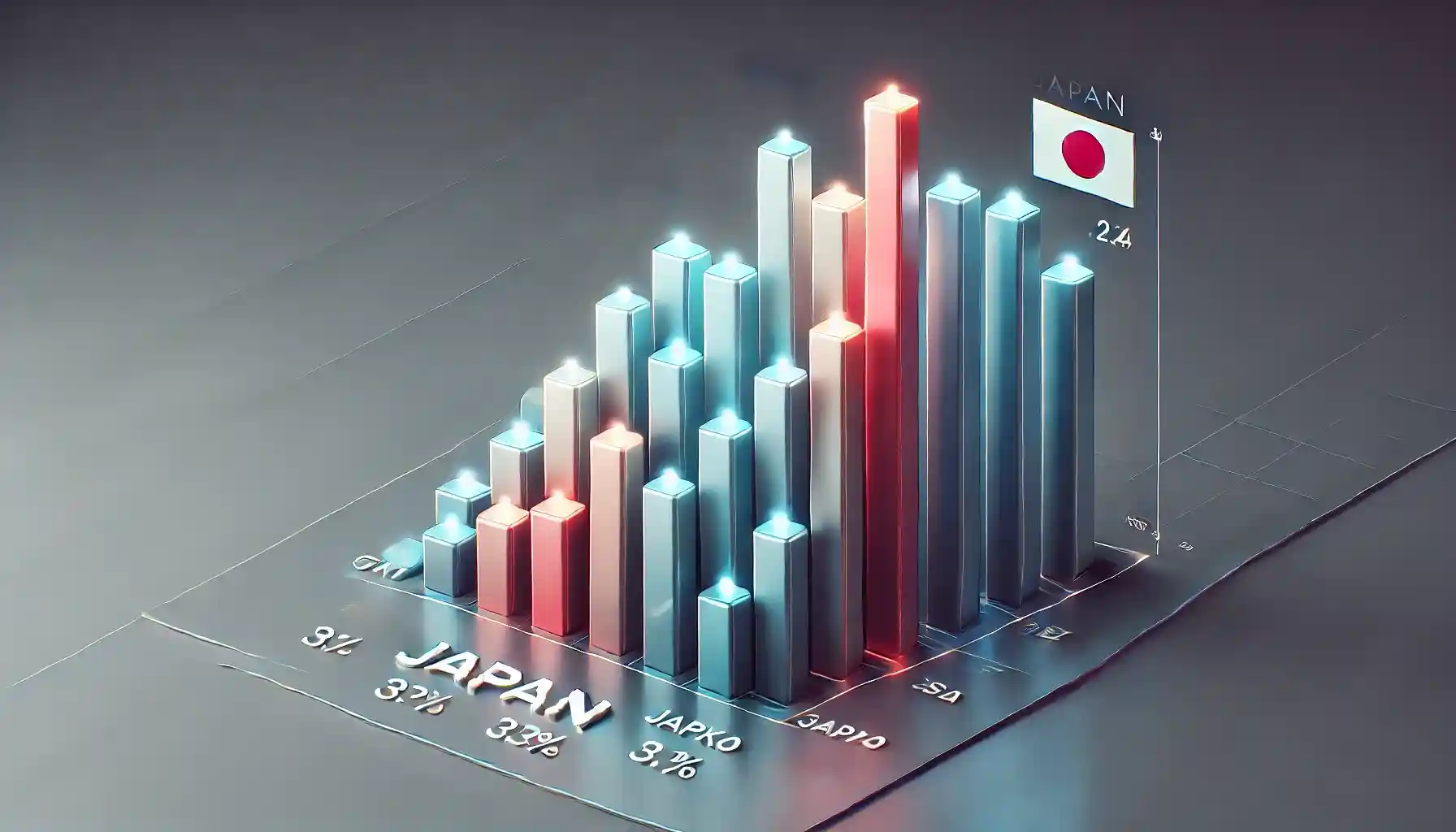Understanding various economic indicators is crucial for any serious forex trader. One of these key indicators is the Japan Nikkei Manufacturing PMI. This comprehensive guide will delve into everything you need to know about this index and how it affects forex trading.

What is the Japan Nikkei Manufacturing PMI?
The Japan Nikkei Manufacturing Purchasing Managers’ Index (PMI) is a critical economic indicator. It measures the performance of the manufacturing sector and is derived from a survey of purchasing managers. These managers provide insights into new orders, inventory levels, production, supplier deliveries, and employment.
The PMI is presented as a number between 0 and 100. A PMI above 50 indicates expansion in the manufacturing sector, while a PMI below 50 signifies contraction. This index is a vital tool for forex traders as it offers a snapshot of the economic health of Japan’s manufacturing industry.
Importance of the PMI in Forex Trading
So, why should forex traders care about the PMI? Simple – the PMI can significantly impact currency values. A high PMI suggests a robust manufacturing sector, which often leads to a stronger currency. Conversely, a low PMI can signal economic trouble and a weaker currency.
For instance, if the Japan Nikkei Manufacturing PMI shows an increase, it might indicate that the Japanese yen could appreciate against other currencies. Traders can use this information to make informed trading decisions.
How is the PMI Calculated?
The PMI is calculated through a survey distributed to purchasing managers in the manufacturing sector. These managers answer questions about business conditions and economic trends. The survey includes questions on new orders, inventory levels, production, supplier deliveries, and employment conditions.
Each response is weighted and aggregated to produce a single index number. This methodology ensures the PMI is a reliable indicator of the manufacturing sector’s health.
Historical Trends of the Japan Nikkei Manufacturing PMI

Understanding historical trends can provide valuable context for current PMI readings. Historically, Japan’s PMI has shown periods of both expansion and contraction, reflecting the broader economic cycles.
For instance, during global economic downturns, Japan’s PMI has typically fallen below 50, indicating contraction. Conversely, during periods of economic growth, the PMI has risen above 50, signaling expansion. Analyzing these trends helps traders predict future movements.
Recent Performance of the Japan Nikkei Manufacturing PMI
In recent years, Japan’s PMI has experienced fluctuations due to various factors such as the COVID-19 pandemic, supply chain disruptions, and global economic conditions. For example, the PMI plummeted during the early stages of the pandemic but has shown signs of recovery as economic activities resumed.
Keeping an eye on recent PMI data can help traders stay ahead of market trends and make more informed decisions.
Impact of the Japan Nikkei Manufacturing PMI on the Japanese Yen
The PMI can have a direct impact on the Japanese yen. A high PMI usually indicates a strong manufacturing sector, which can boost investor confidence in the Japanese economy, leading to an appreciation of the yen.
Conversely, a declining PMI can suggest economic challenges, potentially leading to a depreciation of the yen. Forex traders closely monitor PMI data to anticipate currency movements and adjust their trading strategies accordingly.
Using PMI Data in Forex Trading Strategies
Integrating PMI data into your trading strategy can be highly beneficial. Traders often use PMI readings to gauge economic health and predict currency movements. For example, if Japan’s PMI shows consistent growth, traders might anticipate a stronger yen and adjust their positions.
Moreover, PMI data can be used in conjunction with other economic indicators to develop a comprehensive trading strategy. By combining PMI insights with data from other indicators, traders can make more informed and strategic decisions.
Comparing Japan’s PMI with Other Countries

Comparing Japan’s PMI with those of other major economies can provide additional insights. For instance, if Japan’s PMI is rising while the PMI of another major economy, like the US or Eurozone, is falling, it might indicate a stronger relative economic performance for Japan.
This comparative analysis can help traders identify potential opportunities in the forex market. Understanding the relative strength of different economies can lead to more strategic trading decisions.
Challenges and Limitations of the PMI
While the PMI is a valuable tool, it’s not without its limitations. The PMI is based on survey data, which can be subject to biases and inaccuracies. Additionally, the PMI only reflects the manufacturing sector, which might not represent the entire economy.
Traders should use the PMI in conjunction with other economic indicators to get a more comprehensive view of the economic landscape. Relying solely on the PMI can lead to incomplete or misleading conclusions.
Case Study: The PMI and Forex Movements
Let’s look at a case study to understand how the PMI impacts forex movements. During the COVID-19 pandemic, Japan’s PMI fell significantly, indicating a contraction in the manufacturing sector. This decline was reflected in the depreciation of the Japanese yen against other major currencies.
However, as the PMI began to recover with the easing of lockdowns and resumption of economic activities, the yen also started to regain strength. This case study illustrates the direct correlation between PMI data and currency movements.
Future Outlook for Japan’s Manufacturing PMI
Looking ahead, the future of Japan’s PMI will likely be influenced by various factors such as technological advancements, global trade policies, and economic recovery post-pandemic. Forex traders should keep an eye on these developments to anticipate future PMI trends.

Understanding the potential future directions of the PMI can help traders stay ahead of market trends and adjust their strategies accordingly.
Conclusion
In conclusion, the Japan Nikkei Manufacturing PMI is an essential tool for forex traders. It provides valuable insights into the health of Japan’s manufacturing sector and can significantly impact currency movements. By understanding and analyzing PMI data, traders can make more informed and strategic trading decisions.
FAQs
1. How often is the Japan Nikkei Manufacturing PMI released? The PMI is released monthly, providing regular updates on the state of the manufacturing sector.
2. Can the PMI predict long-term currency movements? While the PMI is a valuable short-term indicator, it should be used in conjunction with other data for long-term predictions.
3. How can I access the latest PMI data? The latest PMI data is available on financial news websites, economic calendars, and directly from the Japan Nikkei.
4. Does the PMI only affect the Japanese yen? Primarily, yes, but it can also impact other currencies through trade relationships and investor sentiment.
5. Is the PMI affected by global economic conditions? Yes, global economic conditions, trade policies, and international demand can all influence Japan’s PMI
